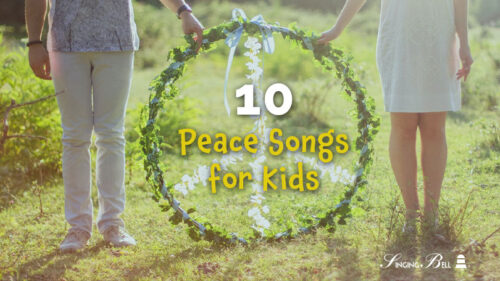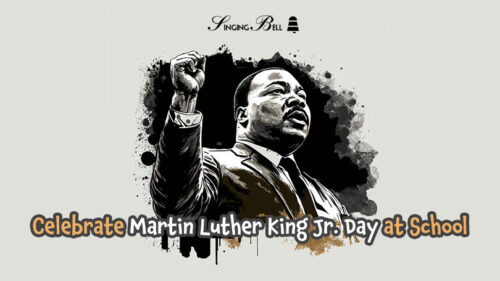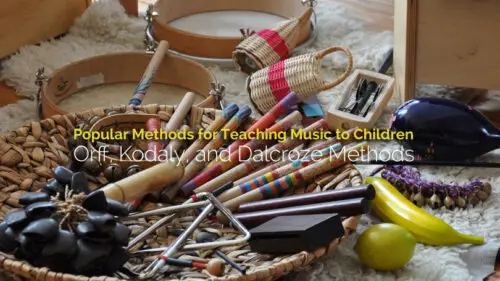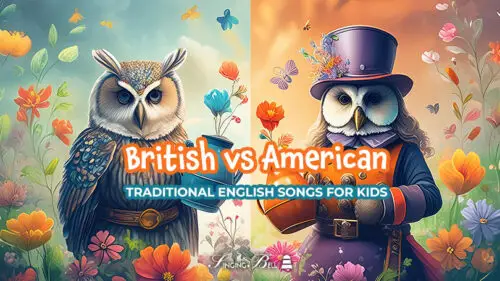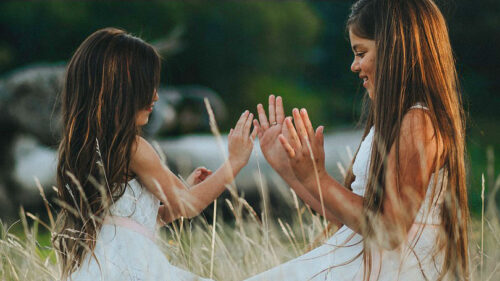Surprisingly, some songs popular with children today originally stem from the controversial minstrel songs.

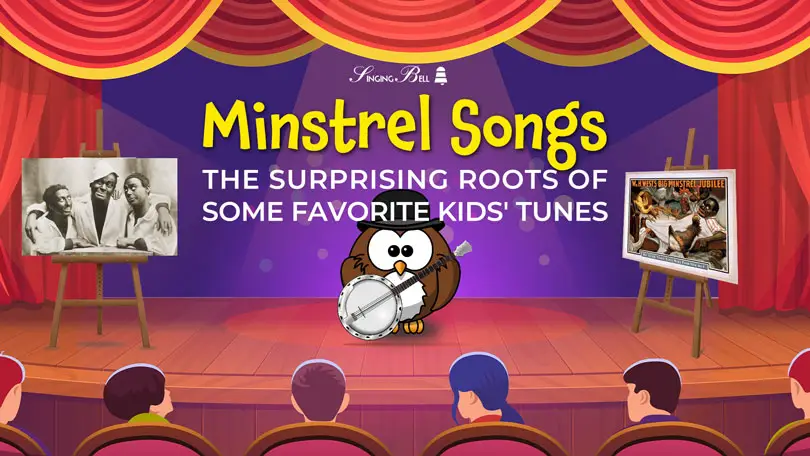
Minstrelsy, with its vibrant performances and catchy melodies, played a pivotal role in the early shaping of American musical and cultural identity. Yet, its legacy is complex, mired in controversy due to its perpetuation of racial stereotypes. This blog post delves into the paradoxical impact of minstrel songs, which, despite their problematic origins, have evolved and endured, surprisingly transforming into some of today’s beloved children’s tunes.
We will explore the journey of these songs from the minstrel stage to the nursery room, examining their role in both reflecting the racial attitudes of a bygone era and their place in contemporary children’s music. From well-known melodies that have transcended their origins to become staples in children’s playlists, to the ongoing debates about their appropriateness, this post aims to uncover the surprising roots and enduring appeal of these tunes.
Table of Contents
- What are Minstrel Songs?
- The Birth and Growth of Minstrel Shows
- Defining Features of Minstrel Music
- The Double-Edged Sword of Cultural Impact
- Icons of the Minstrel Stage
- Popular Minstrel songs
- Minstrel songs that became kids Favorites
- The Practice of Blackface
- Contemporary Views on Minstrel Songs
- Reinterpreting Minstrelsy
What are Minstrel Songs?
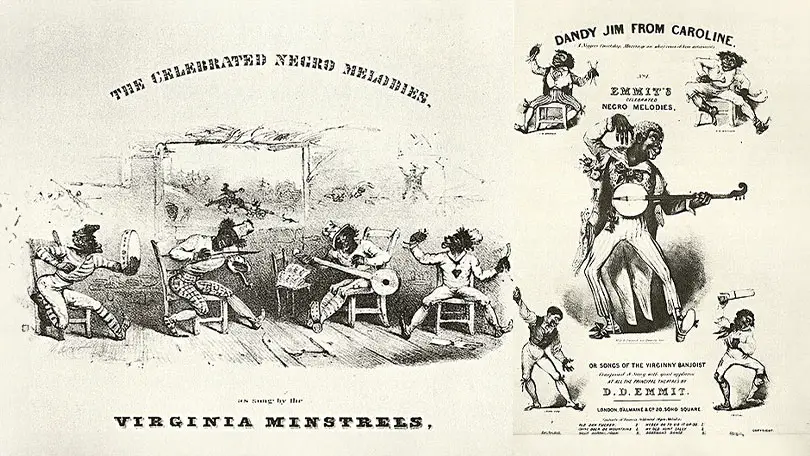
Minstrel songs are a type of music that originated in the early 19th century in the United States as part of minstrel shows. These shows were theatrical performances that involved white performers wearing blackface makeup to caricature African American people, culture, and speech.
Minstrel shows typically included songs, dances, and skits, and were immensely popular among white audiences in America and later in other parts of the world. The songs from these shows, known as minstrel songs, often depicted African Americans in stereotypical and derogatory ways, reinforcing racist perceptions and attitudes. They were characterized by their catchy tunes and simplistic, often mocking lyrics that mimicked what white performers and audiences perceived as “slave dialect.”
The Birth and Growth of Minstrel Shows
Minstrel shows began in the 1830s and quickly became a prominent form of American entertainment.
These shows blended music, comedy, and dance, and were performed by white actors who painted their faces with burnt cork to appear as caricatures of black people.
The first popularized minstrel show was by a performer named Thomas Dartmouth Rice, who created a character named “Jim Crow,” which became synonymous with racial segregation laws.
Defining Features of Minstrel Music
Musically, minstrel songs are characterized by their simple, memorable melodies that made them easily adaptable for the general public.
Lyrically, they often utilized a faux “slave dialect” and portrayed exaggerated, fictional versions of black life in the South. Common themes included nostalgia for plantation life and other simplistic, romanticized visions of slavery.
Typical instruments featured in minstrel songs were the banjo, fiddle, tambourine, and bones.
The Double-Edged Sword of Cultural Impact
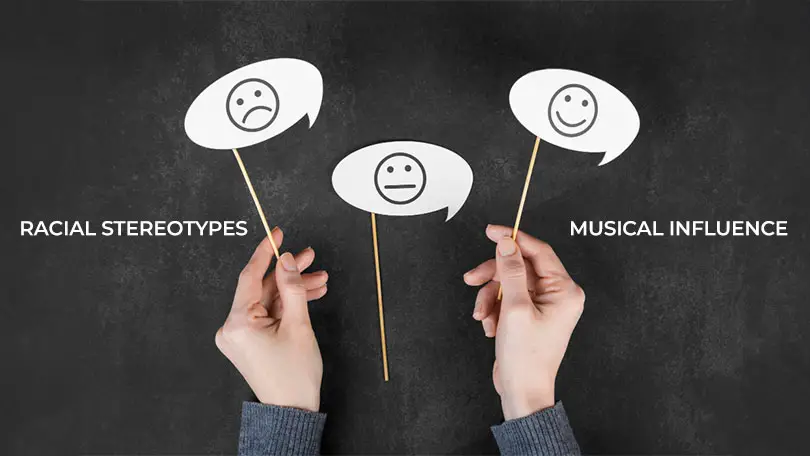
Minstrelsy had a profound impact on American culture, influencing the development of other music genres, including vaudeville and early jazz.
However, it also played a significant role in entrenching racial stereotypes and promoting racial segregation through its mocking portrayals of black people.
This duality makes minstrel songs a controversial subject in discussions of American musical history.
Icons of the Minstrel Stage
Some of the most popular minstrel songs, like “Oh! Susanna”, “Camptown Races” and “Old Folks at Home (Swanee River),” were penned by Pittsburgh composer Stephen Foster, known as “the father of American music.” Despite Foster’s significant contributions to American music, his involvement in minstrelsy has led to a reevaluation of his legacy.
Other notable composers or performers include Dan Emmett (“Dixie”), James A. Bland (“Carry Me Back to Old Virginny” and “Oh, Dem Golden Slippers”), the Virginia Minstrels, as well as George N. Christy and Edwin P. Christy, key figures of Christy’s Minstrels, who were instrumental in popularizing the format.
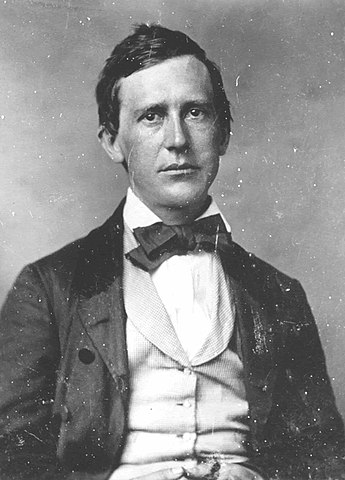
Popular Minstrel songs
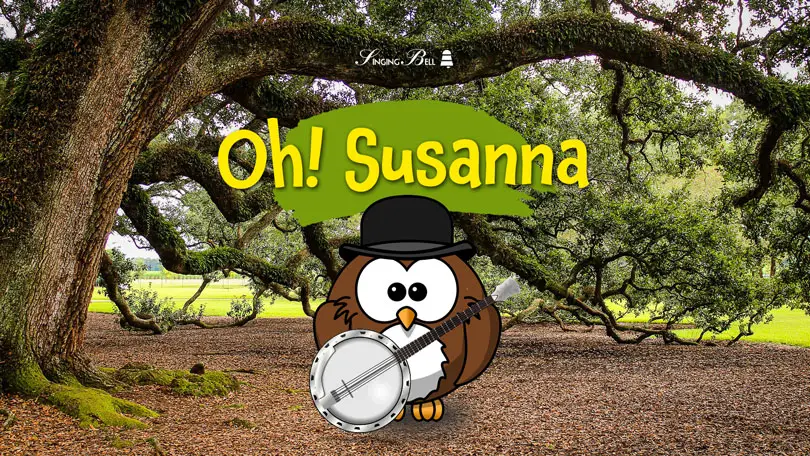
In the 1800s, minstrel shows were the leading form of entertainment in America, with songs from the shows widely disseminated and sung across the country.
Some of the most popular minstrel songs include:
- “Oh Susanna“
- “Camptown Races“
- “Dixie”
- “Old Folks at Home [Swanee River]“
- “The Little Brown Jug“
- “Angel Gabriel (End Song)”
- “Susan Jane”
- “The Little Old Cabin in the Lane”
- “Darling Nelly Gray”
- “Ole Shady”
- “Angels, Meet Me at the Cross Roads”
Minstrel songs that became kids Favorites
Many children’s songs that are still popular today originally came from the minstrel stage or were influenced by the minstrel tradition.
Here’s a list of such songs, which might surprise some due to their origins:
- Oh! Susanna – Written by Stephen Foster, this song became widely popular and is often sung by children without awareness of its minstrel show origins.
- Camptown Races – Another Stephen Foster creation, this song features a catchy chorus (“Doo-dah! Doo-dah!”) and has been adapted into a children’s favorite.
- Buffalo Gals – Originally performed in 19th-century minstrel shows, this song has become a children’s favorite over time due to its catchy tune and chorus, often featured in school sing-alongs and children’s music collections.
- Old Dan Tucker – Originally written by Dan Emmett, this song has been simplified and sanitized over the years for children’s performances.
- Jim Along Josie – A song that originates from the minstrel shows of the 19th century. It was a popular song performed within the minstrel tradition, which often featured white performers in blackface who caricatured African American music, dialect, and behavior.
- Jimmy Crack Corn (Blue Tail Fly) – Although its lyrics deal with the death of a slaveholder, the chorus has been popular among children.
- Turkey in the Straw – This tune has roots in pre-Civil War music and was popularized further by minstrel shows; it’s often heard in ice cream trucks today.
- Polly Wolly Doodle – Frequently sung by children, this song also originated in the minstrel shows of the 19th century.
- Pick a Bale of Cotton – The lyrics to this song refer to the backbreaking labor of cotton picking done by slaves, and teaching the song without addressing its historical and racial implications can be seen as insensitive or inappropriate.
- Jingle Bells – Composed by James Lord Pierpont in 1857, the song was first performed as part of a minstrel act. It was initially titled “One Horse Open Sleigh” and was intended for Thanksgiving performances in a minstrel show (see image), but it quickly became associated with Christmas and gained immense popularity as a holiday song.
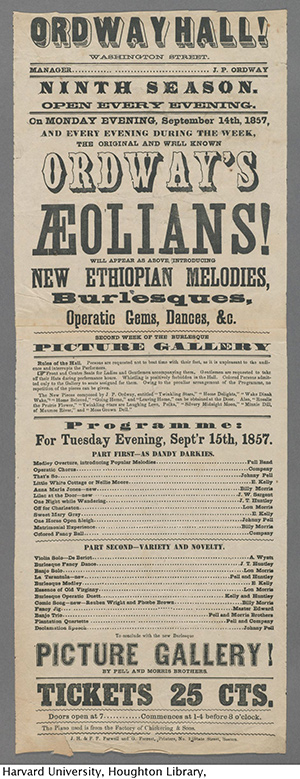
These songs have been adapted over the years and many of the problematic lyrics removed or changed when sung by children, yet their origins are deeply intertwined with the minstrel tradition that reflected and perpetuated racial stereotypes.
The Practice of Blackface
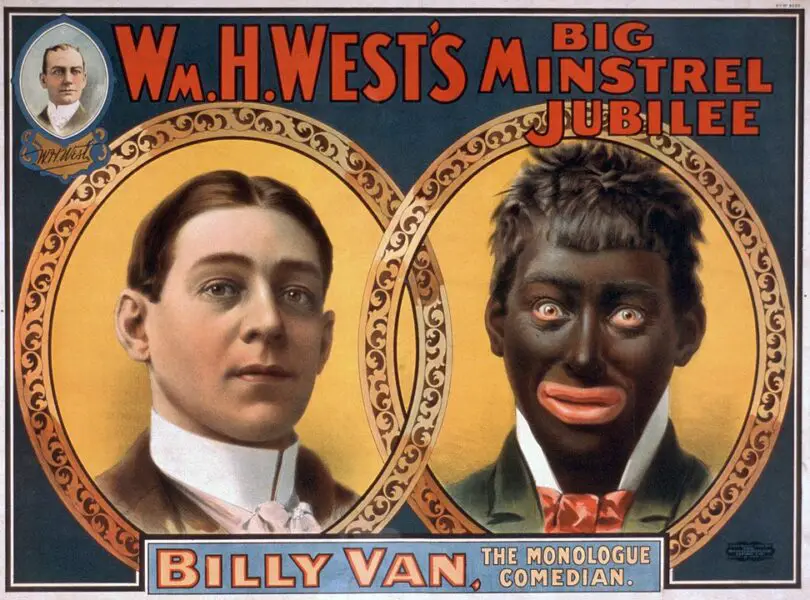
Image by Strobridge & Co. Lith – http://hdl.loc.gov/loc.pnp/var.1831, Public Domain
Blackface is a form of theatrical makeup used predominantly by non-black performers to represent a caricature of a black person. It originated in the United States during the 19th century and became a significant aspect of minstrel shows, which were popular theatrical performances at the time. In these shows, performers would darken their skin with burnt cork or greasepaint and exaggerate their lips, wear wigs or woolly hairstyles, and adopt stereotypical clothing to mimic and mock African American physical features and cultural behaviors.
The practice of blackface is widely considered offensive and racist as it perpetuated demeaning stereotypes of African Americans, contributing to racist attitudes and systemic discrimination. These performances were not only a tool for entertainment but also served to reinforce harmful myths about black inferiority and other prejudiced narratives.
Nowadays, blackface has come to be broadly recognized as inappropriate and harmful, leading to its strong condemnation in contemporary culture.
Contemporary Views on Minstrel Songs
Today, minstrel songs are often viewed through a critical lens as scholars and musicians examine the ways in which they reinforced damaging stereotypes.
This reevaluation is part of a broader effort to understand the historical context of these works while acknowledging their impact on American society and culture.
Reinterpreting Minstrelsy
Recent years have seen some attempts to reinterpret minstrel songs in ways that acknowledge their historical context without perpetuating their racist elements. These reinterpretations aim to spark dialogue about race, memory, and the power of performance, offering new ways to engage with this complicated part of American musical history.
This journey from the inception of minstrel songs to their modern reinterpretation shows the complex role of art in both reflecting and shaping societal values. It serves as a reminder of the enduring influence of music on cultural identity and societal norms.
Liked it? Pin it!
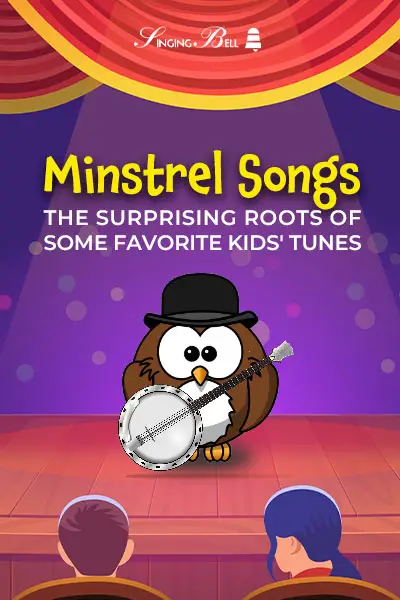
Did you like this post? Rate it!
You may also like:
Dark Stories and Hidden Meanings Behind Nursery Rhymes
Best 11 Black History Month Songs for Kids to Help Them Celebrate That Month





